For knife makers and owners, the handle is a blank canvas waiting to be transformed into a one-of-a-kind creation.
Customizing your knife handle allows you to personalize an essential everyday carry tool to suit your needs and express your unique style. Crafting a custom handle requires combining artistic skill, practical knowledge, and hands-on experience.
Scales: Choosing the Right Material for Your Knife Handle
Natural Materials: Wood, Bone, and Horn
Natural materials like wood, bone, and horn provide natural beauty but require careful shaping, sealing, and maintenance.
Synthetic Materials: G-10, Micarta, and Carbon Fiber
Synthetic materials offer durability and weather resistance with choices like:
-
G-10: A fiberglass laminate that's extremely strong, lightweight, and non-porous. It can be textured and dyed in a variety of colors.
-
Micarta: A heat- and chemical-resistant material made of linen or paper fibers infused with resin. It has an attractive marbled finish and secure grip.
-
Carbon fiber: A high-tech composite of carbon fibers infused in resin. Ultra-light, rigid, and corrosion-proof but difficult to machine and shape. Best for partial inlays or scales.
Slabs: Crafting the Perfect Handle Shape for Comfort and Function
Ergonomics: Designing for Grip and Ease of Use
The handle shape determines how comfortably and securely it fits in your hand. An ergonomic handle with finger grooves and contours provides the most natural and efficient grip. For heavy-duty cutting, a wider handle with a wider profile prevents hand fatigue.
Aesthetic Considerations: Balancing Style and Performance
An aesthetically pleasing shape incorporates gentle curves, tapers, and symmetry along with a balance of materials that please the eye.
Inlays: Adding a Personal Touch to Your Knife Handle
Popular Inlay Materials: Metal, Wood, and Stone
Inlays add depth, contrast, and visual detail to a knife handle. Popular inlay materials include:
-
Metal like copper, brass, or sterling silver for an upscale look. Requires precise fitting and soldering.
-
Wood in a contrasting type, color, or grain for natural beauty. Wood inlays need to be properly sealed against moisture.
-
Stone like turquoise or black slate for drama and texture. Stone inlays need to be stabilized and securely affixed to handle scales to prevent cracking.
Texturing Techniques: Ensuring a Secure Grip and Enhanced Style
Jimping, Grooves, and Checkering
Texturing techniques enhance grip and provide visual interest. Jimping, or thumb notches, give extra control and leverage. Grooves and checkering create traction.
Laser Engraving and Stippling
Laser engraving burns intricate patterns. Stippling, punching numerous dots into the surface, provides texture.
Color Customization: Expressing Your Personality Through Your Knife Handle
Anodizing Metal Scales
Color customization transforms the entire handle or highlights specific areas. Anodizing adds color through a chemical reaction with the metal surface.
Dyeing and Staining Natural Materials
Dyeing or staining wood soaks color deep into the grain for a vibrant, long-lasting effect.
Hardware Choices: Matching Your Handle to Your Blade
Bolsters, Liners, and Pivots
Hardware choices attach handle scales securely while complementing the overall design. Options include bolsters, liners, and pivots in a matching or contrasting metal like brass or titanium.
Screws, Lanyard Holes, and Clips
Screws, lanyard holes, and pocket clips in a coordinating finish. Hidden or skeletonized hardware maintains a streamlined profile.

Custom Handle Makers: Collaborating With the Experts
Finding the Right Artisan for Your Project
For a truly one-of-a-kind handle, collaborating with a skilled custom knife maker or handle craftsman is invaluable. An experienced artisan can guide material and design choices, source high-quality components, and properly construct a custom handle using specialized tools and techniques.
To find the right craftsman for your project, evaluate their experience with different materials, construction methods, texturing, and finishing techniques to match your preferences.
Review photos of their previous custom handles to assess the quality of work and see examples of styles you're considering. Meet with them in person to discuss your visions and ideas; a great craftsman will provide helpful recommendations to improve ergonomics and aesthetics based on your intended folding knife use.
Working with a Custom Knife Maker: What to Expect
Working with a custom maker requires open communication and trust to achieve your ideal result. Be upfront about your budget so you can work together to make the best use of available funds. Expect an interactive design process with input from the maker to maximize both form and function
Have realistic turnaround times; crafting an intricate custom handle can take 4-6 weeks or longer depending on materials and techniques. Understand there may be additional fees for exotic materials or highlycomplex designs.
Conclusion
Customizing your knife handle offers a unique opportunity to express your personal style and create a functional tool tailored to your needs. Whether you choose natural or synthetic materials, intricate inlays, or detailed texturing, the options are nearly limitless.
Collaborating with an experienced custom handle maker can help bring your vision to life, resulting in a truly one-of-a-kind piece you'll treasure for years to come.


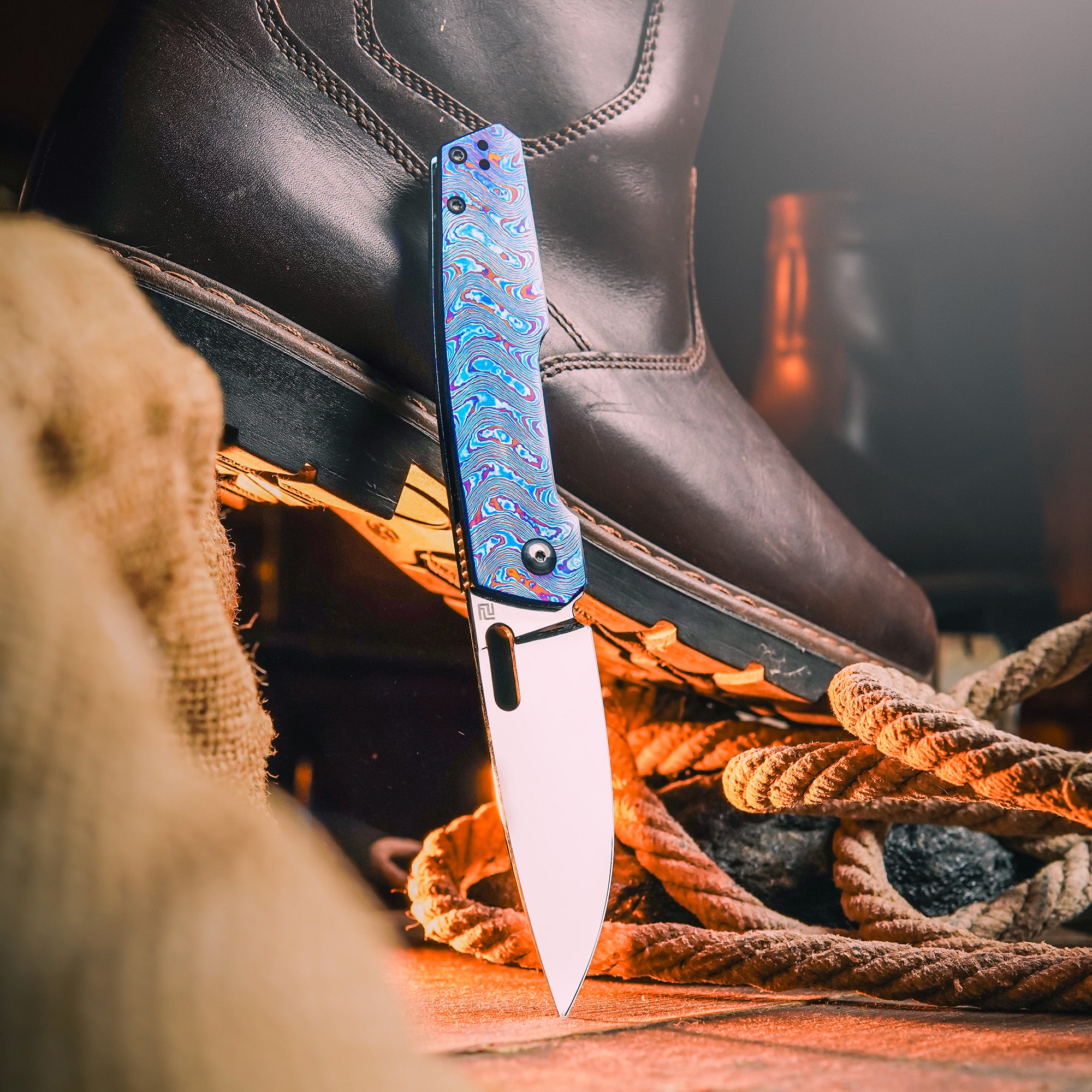
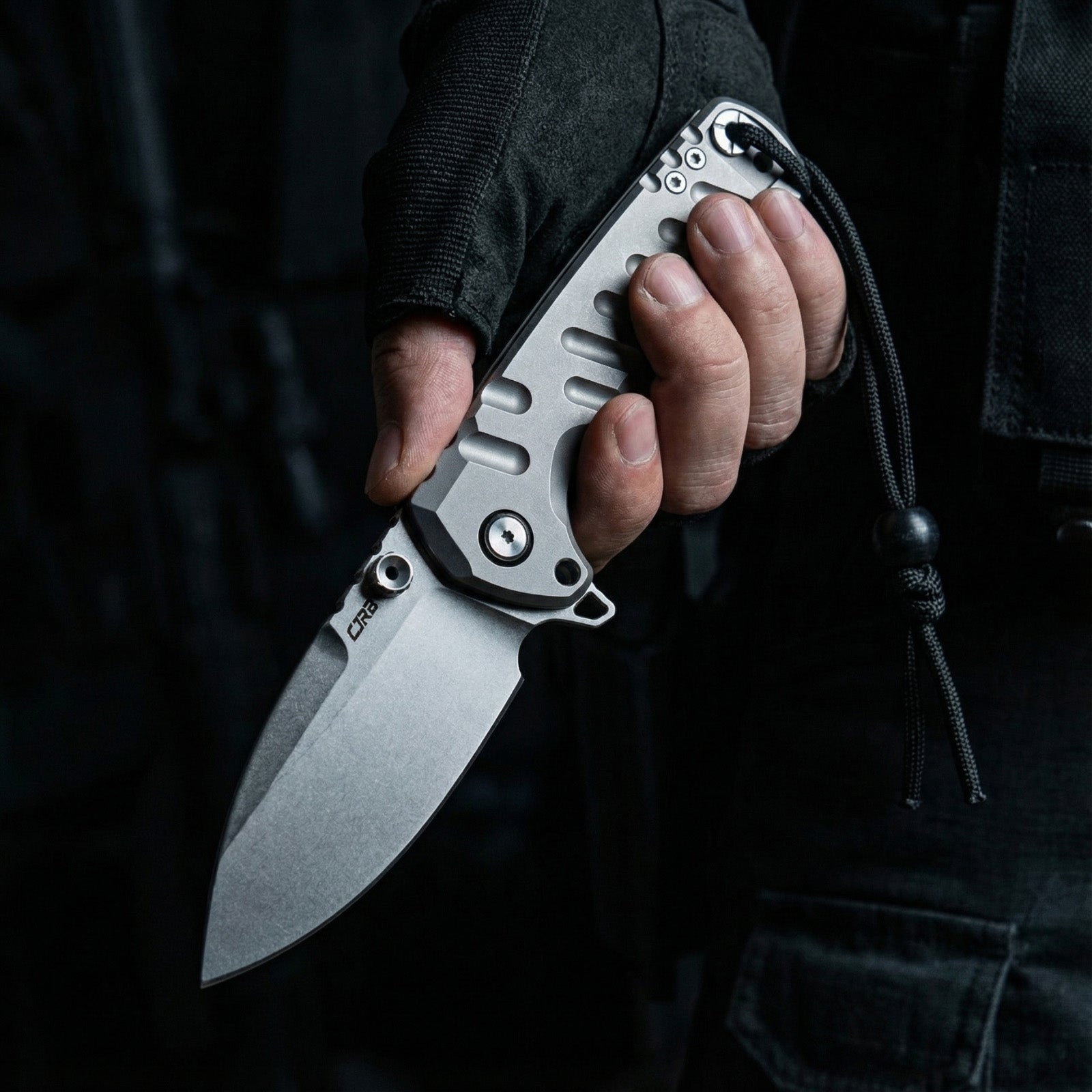
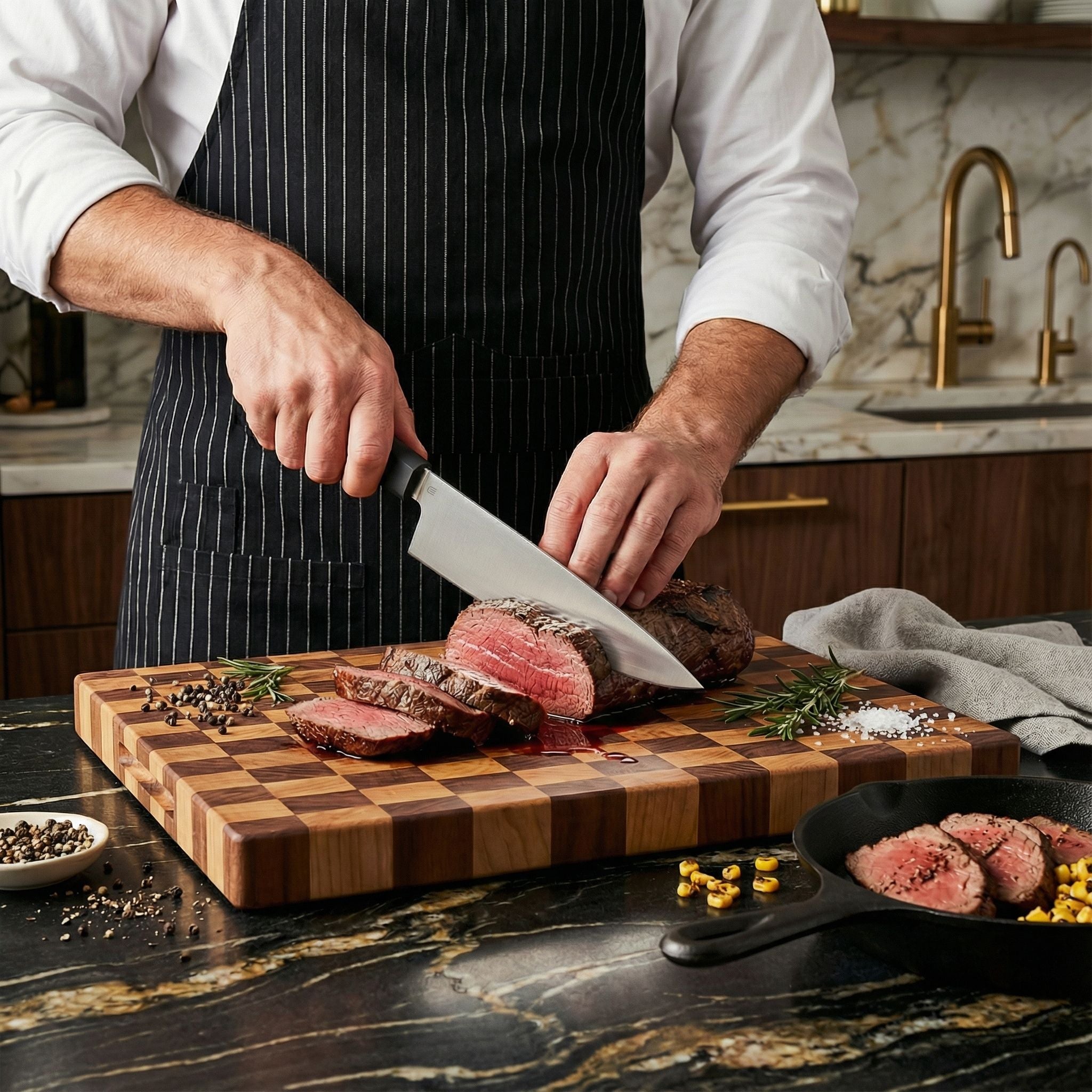

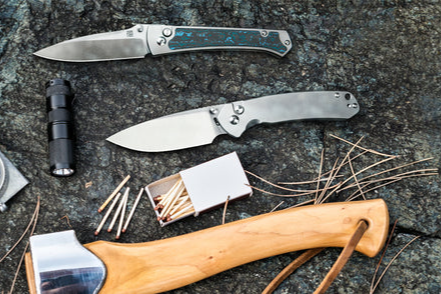
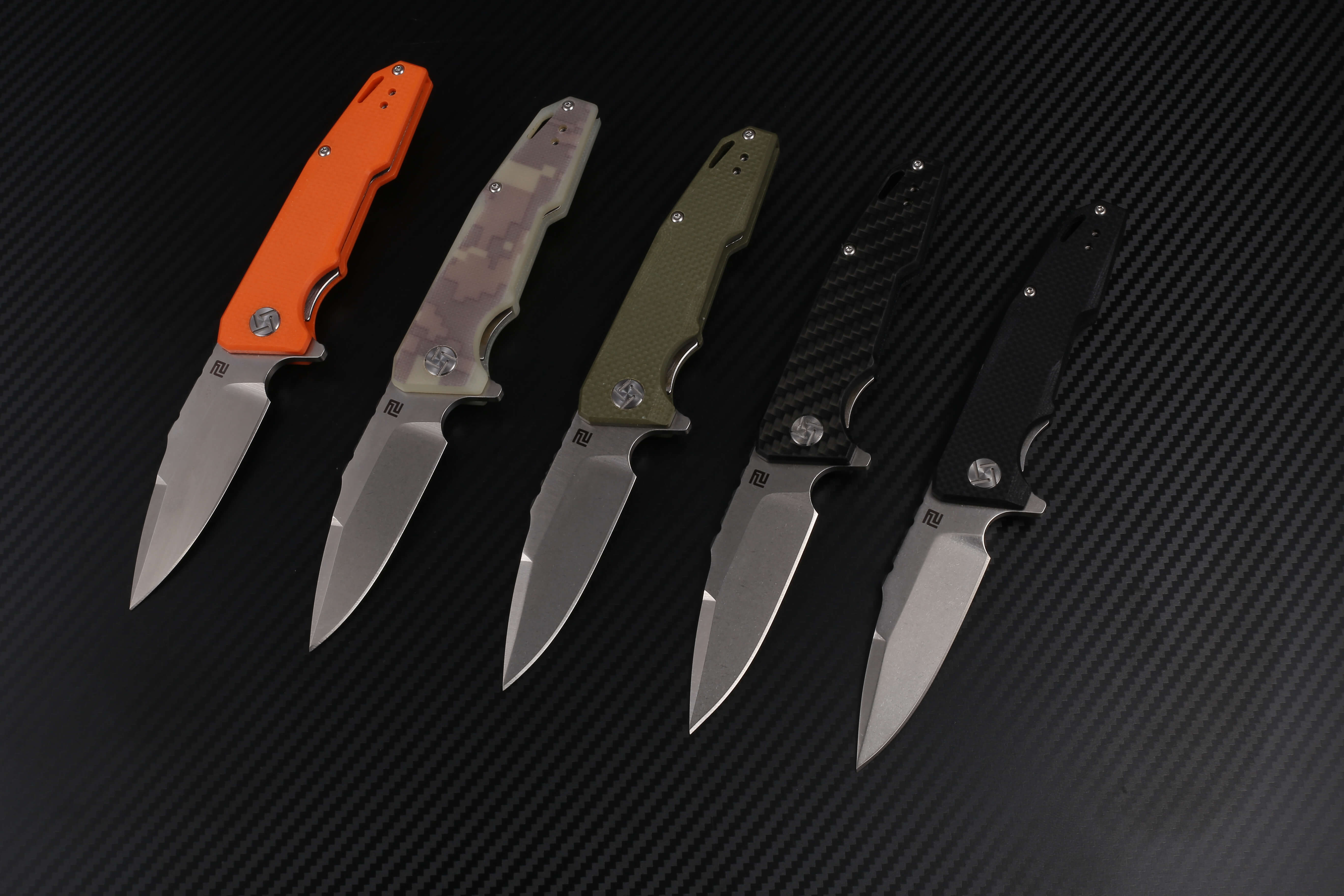


Leave a comment
All comments are moderated before being published.
This site is protected by hCaptcha and the hCaptcha Privacy Policy and Terms of Service apply.